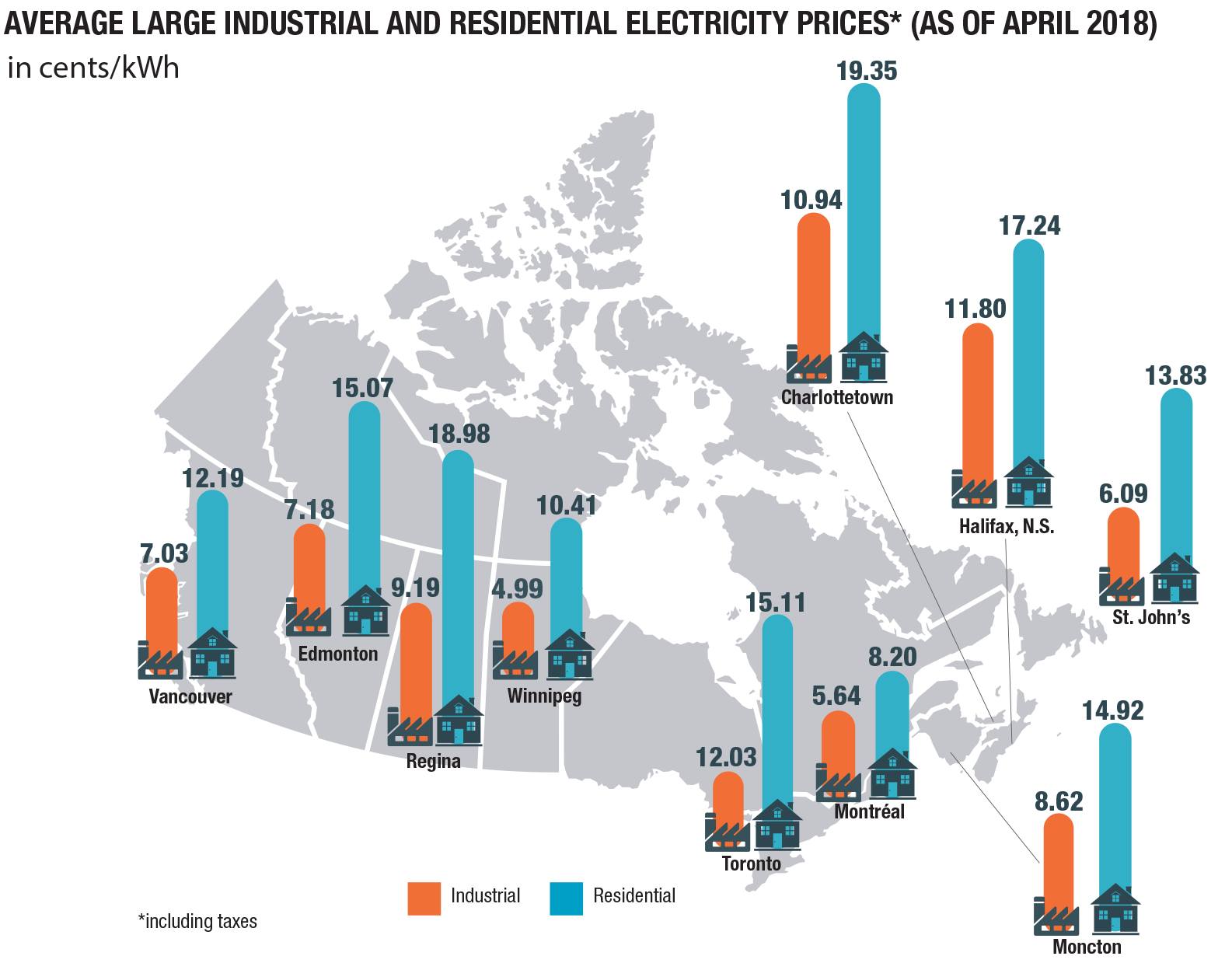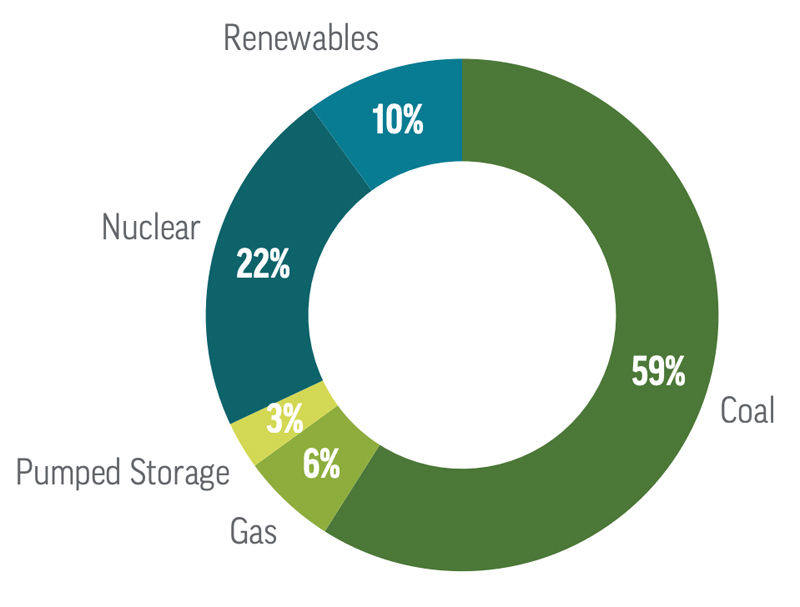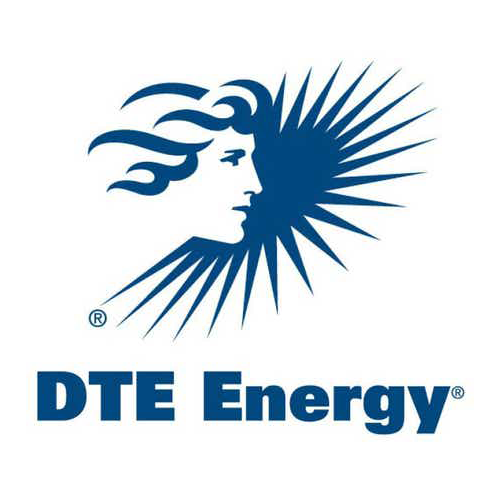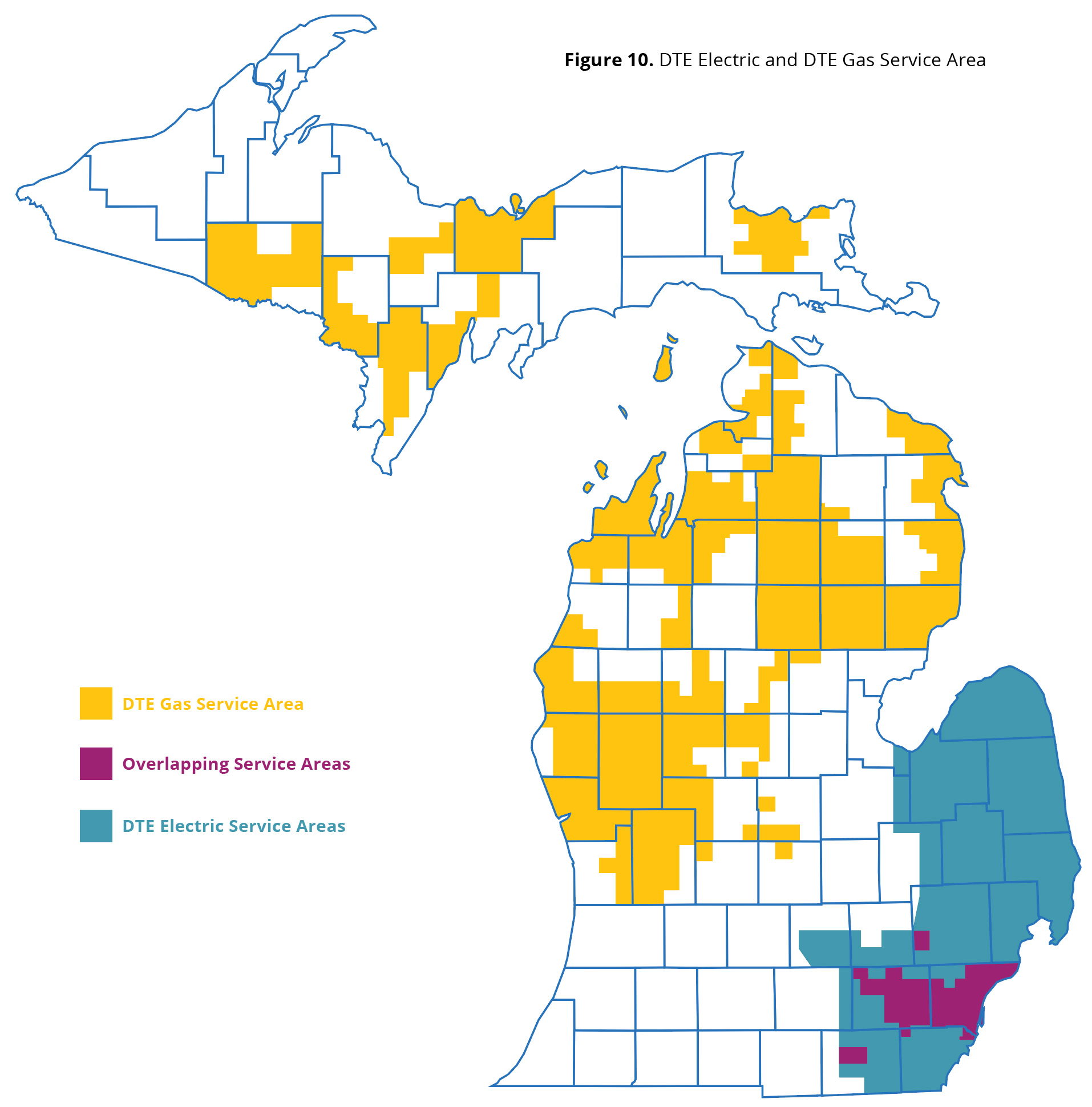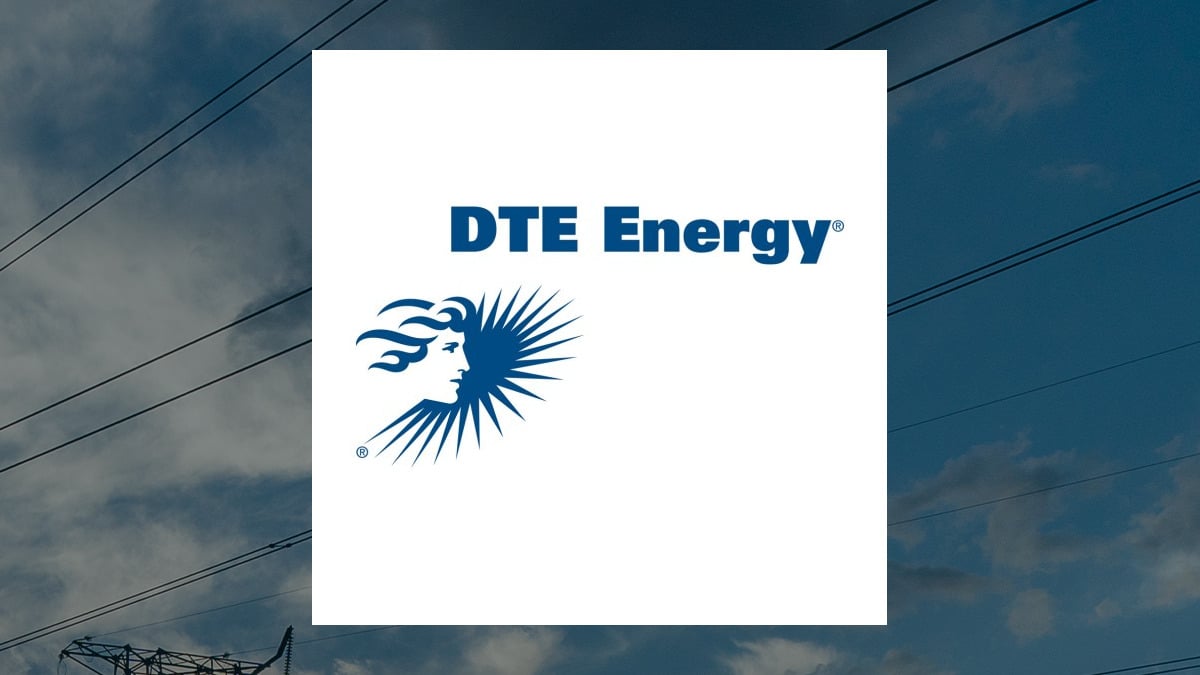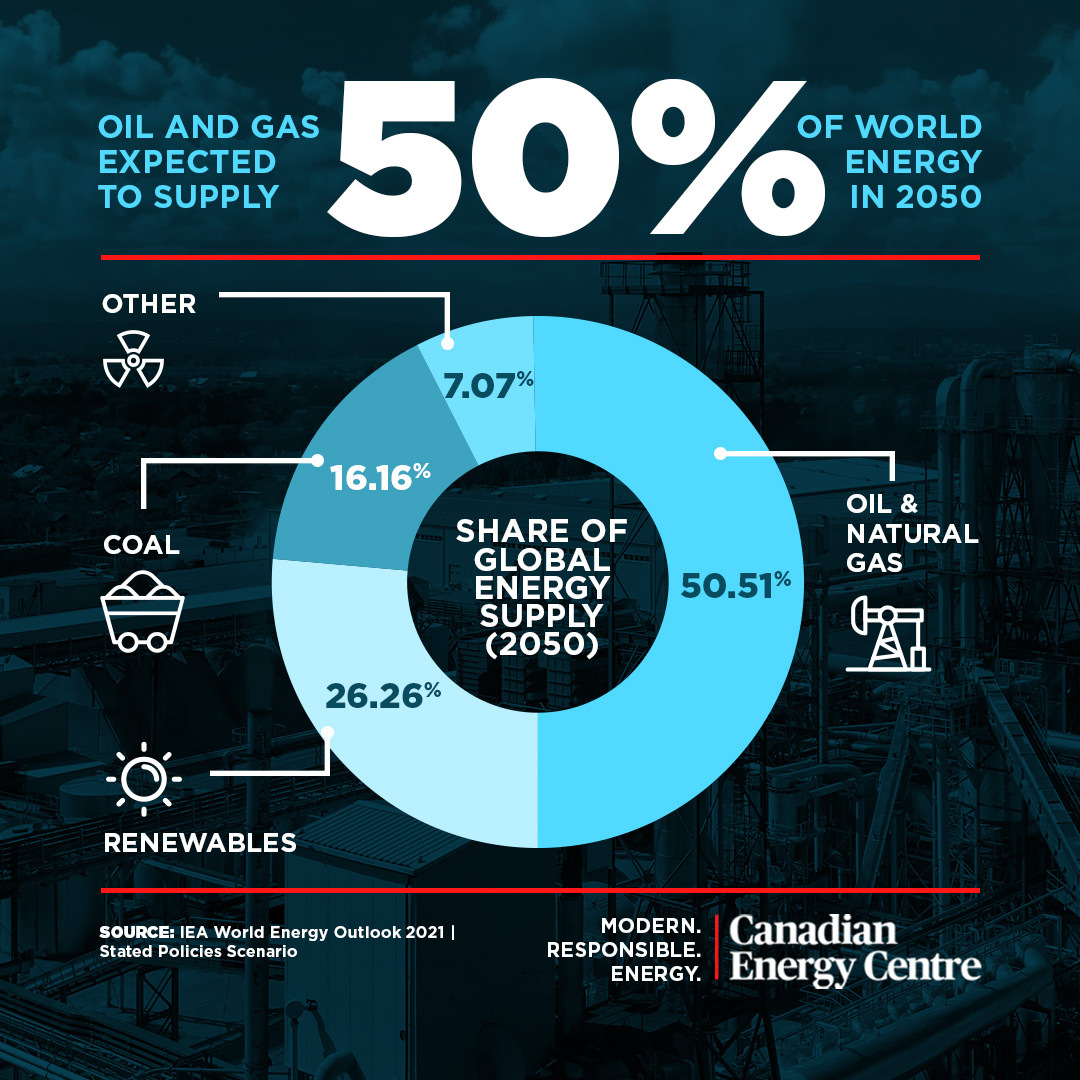Does Dte Get Energy From Canada

Southeast Michigan residents often ponder the source of their electricity, particularly during peak usage periods. A common question arises: Does DTE Energy, the region's primary utility provider, import electricity from Canada?
Understanding DTE's energy sources is crucial for residents concerned about reliability, cost, and environmental impact. The answer, while not a simple yes or no, involves a complex web of energy generation, transmission agreements, and market dynamics.
DTE's Energy Portfolio: A Mix of Sources
DTE Energy's power generation is a diverse mix of sources. This includes coal-fired power plants, natural gas-fired plants, nuclear power (primarily from the Fermi 2 nuclear power plant), and renewable energy sources like wind and solar farms.
The company is actively transitioning towards cleaner energy, decommissioning coal plants and investing heavily in renewable infrastructure.
This shift is driven by both regulatory mandates and a commitment to reduce its carbon footprint.
The Role of the Midwest Independent Transmission System Operator (MISO)
DTE Energy does not operate in isolation. It participates in the Midwest Independent Transmission System Operator (MISO), a regional transmission organization (RTO).
MISO manages the electric grid across a large swath of the Midwest, including Michigan, and parts of Canada.
MISO’s role is to ensure reliable electricity delivery at the lowest possible cost, facilitating a competitive energy market across its footprint.
Interconnections and Electricity Imports
Through MISO, electricity can flow freely between participating states and provinces. This includes importing power from Canadian provinces like Ontario and Manitoba, both of which have significant hydroelectric resources.
The actual amount of electricity DTE receives from Canada at any given time fluctuates based on several factors.
These factors include demand, availability of local generation, and the price of electricity in the MISO market.
In periods of high demand or when local generation is constrained, DTE may purchase electricity from the market, which could include Canadian sources.
Conversely, when DTE’s own power plants are generating surplus electricity, that power may be sold into the MISO market, potentially making its way to other states or even Canada.
"We participate in the MISO market, which allows us to access the most cost-effective energy sources available," a DTE Energy spokesperson stated. "This may include electricity generated in Canada."
Tracking the Flow: Data and Transparency
MISO publishes data on electricity flows and generation sources within its region. This data offers insights into the origins of the power being used at any given time.
However, pinpointing the exact amount of Canadian electricity consumed by DTE customers is complex, due to the commingled nature of the grid.
Real-time data is publicly available on MISO's website.
The Significance and Impact
The ability to import electricity from Canada offers several benefits. It enhances grid reliability, particularly during peak demand periods or emergencies.
Access to Canadian hydroelectric power can also contribute to a cleaner energy mix, reducing reliance on fossil fuels.
Importing power can also help to stabilize electricity prices, as MISO seeks the lowest-cost energy sources available.
However, reliance on imported power also raises questions about energy independence and the vulnerability of the grid to external factors.
Furthermore, the environmental impact of electricity generation in Canada, even from hydroelectric sources, is a topic of ongoing discussion, with concerns about habitat disruption and greenhouse gas emissions from reservoir creation.
"The interconnected nature of the North American power grid is both a strength and a vulnerability," says energy analyst Dr. Emily Carter. "While it provides access to diverse energy sources and enhances reliability, it also requires careful management and coordination to ensure security and sustainability."
Conclusion: A Complex Interdependence
While DTE Energy does not directly import electricity from Canada through dedicated transmission lines, it does access Canadian power through its participation in the MISO market.
The amount of Canadian electricity consumed by DTE customers fluctuates based on market conditions and demand.
This interconnectedness highlights the complex relationships that define the modern energy landscape and the importance of regional cooperation in ensuring a reliable and sustainable electricity supply.

